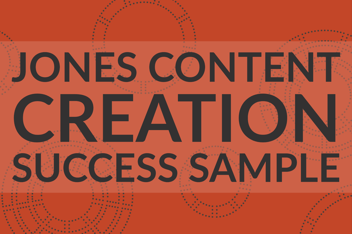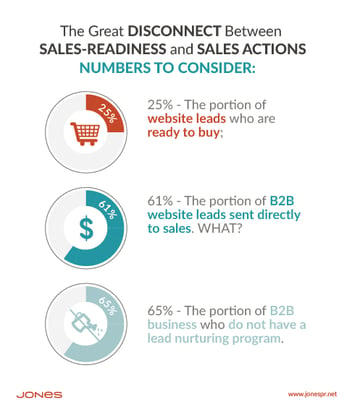5 Criteria For Qualifying B2B Leads

Closing B2B sales can require a large investment of resources — time and money. If your business wants to get the most return on that investment, it doesn’t make sense to ignore the ways marketing can set sales up for success.
Here’s how not to do it: Send every lead that comes in through your inbound marketing program straight to a sales rep. When you do that, sales ends up wasting 97 percent of their time on leads that don’t go anywhere.
What you should be doing instead is nurturing leads, gathering additional lead intelligence, and then using that intelligence to qualify leads before sending them on. Nurturing leads can shorten the sales cycle by 23 percent and increase the average spend by 47 percent.
Every company will have a different specific definition of what constitutes a qualified lead, but B2B lead qualification should always follow these five basic steps.
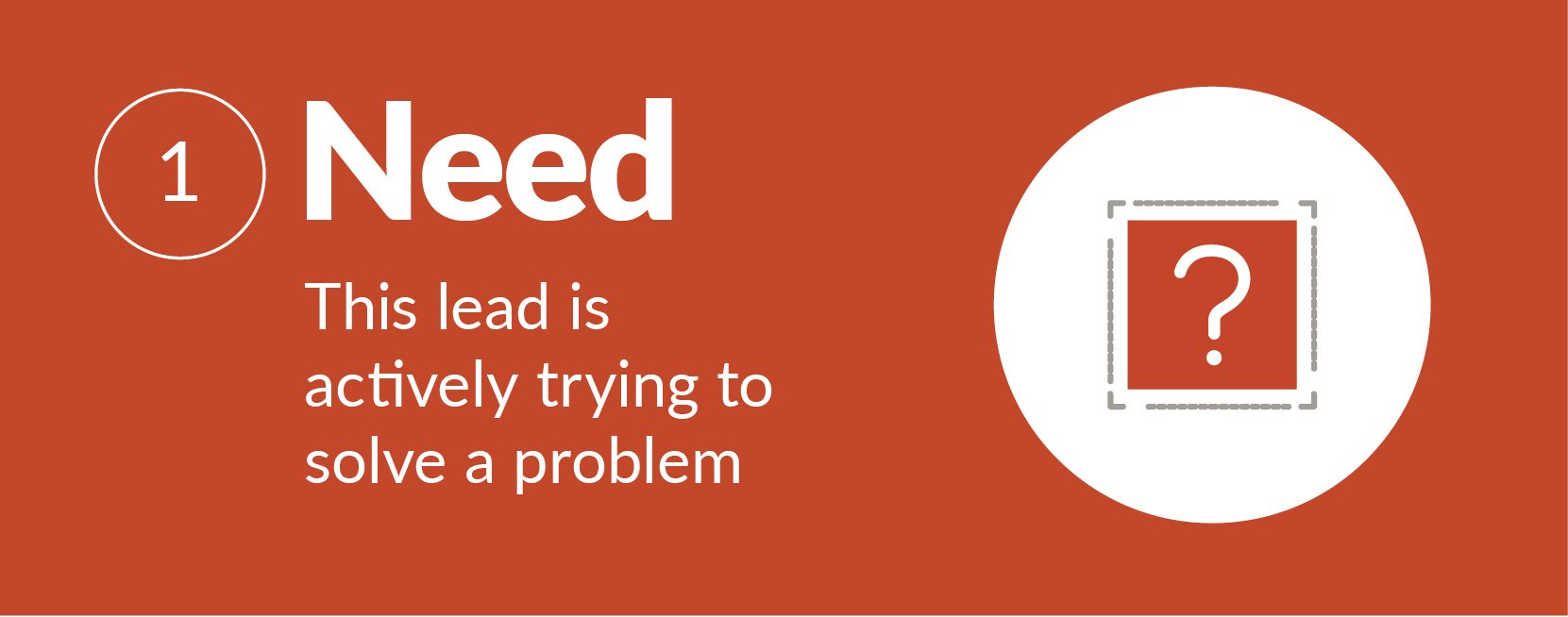
1. Determine what the prospect needs.
Many leads may find their way into your lead nurturing system, even when your solution isn’t really the one they need. If you are providing a lot of information in your website content and offers, it could be that they are simply learning from you, but don’t actually need your products or services.
As part of the lead qualification process, you should identify what the prospect needs and what challenges he or she is trying to solve. If they don’t have a need currently, there is no reason to send them on to sales.
Progressive forms can be one way to weeding out leads that aren’t likely to develop into sales by asking leads to gradually provide more information about themselves, their needs, their company and their authority to make decisions. While you may offer a top-of-the-funnel report for just an email address, more specific content such as product guides or pricing sheets would request further details, such as job title, company size, or even what topic the lead is most interested in learning about.
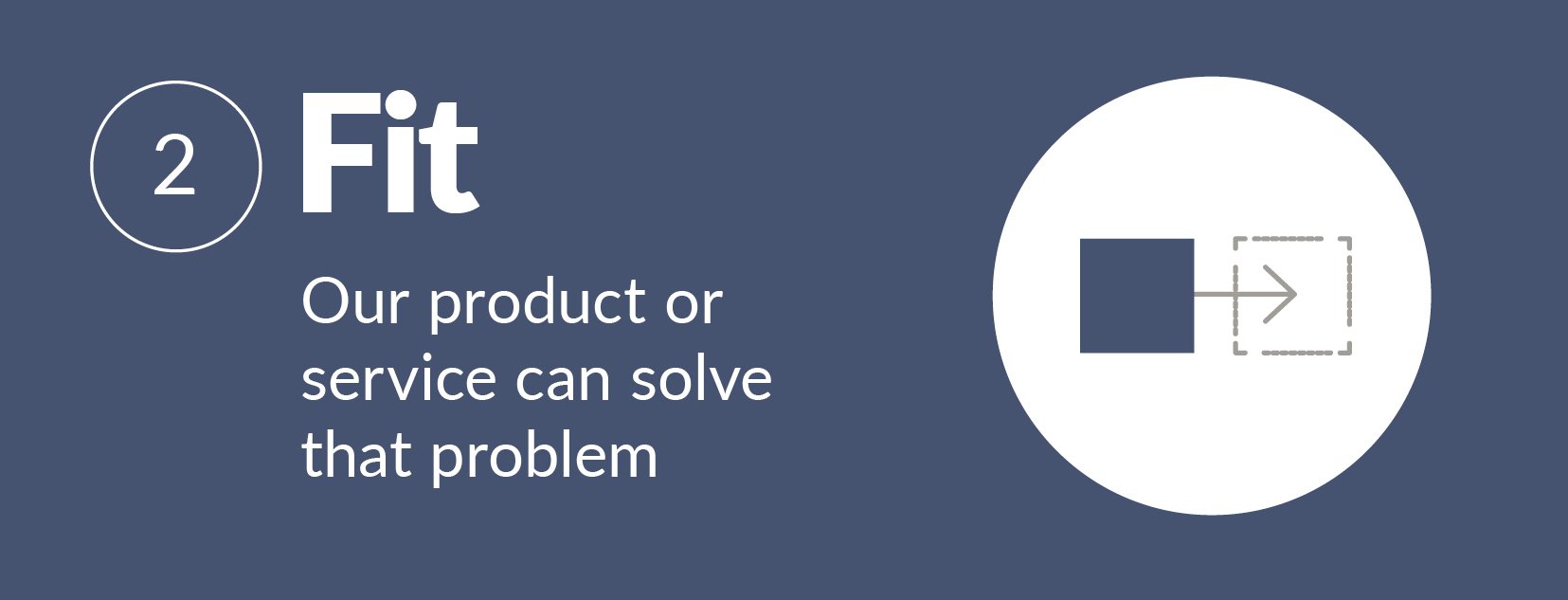
2. Confirm that your solution is the right fit.
Once you know what challenges your prospect is facing, it’s time to consider which product or service you offer is the right solution. If your company offers a range of products, perhaps to suit clients in a range of sizes, you would want to identify the appropriate sales team member to initiate follow up calls.
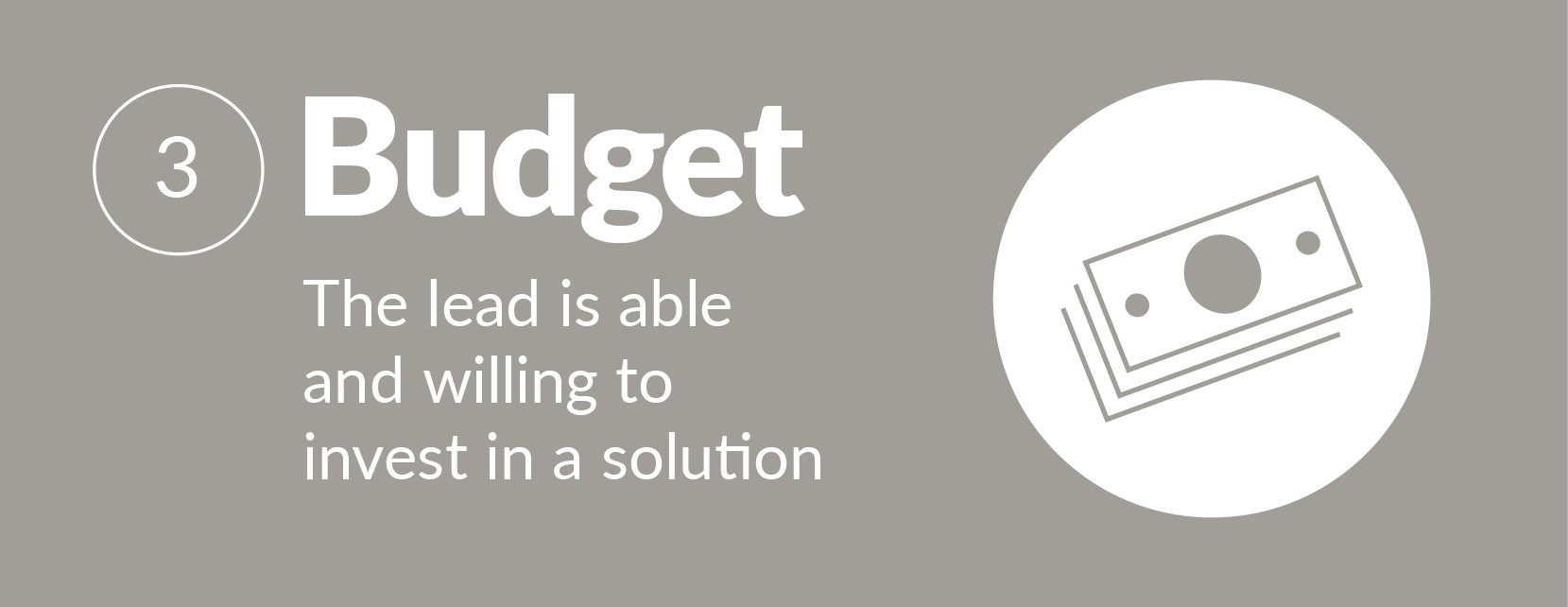
3. Know the prospect's budget.
Not every lead that enters your nurturing program is going to be able to afford your top-end solution. When conducting lead qualification contacts, you need to find out from the prospect how much they are able or willing to invest in your solution. This gives your sales team a starting point from which to prepare bids or proposals. Or it could disqualify a prospect completely, if they simply don’t have the funds to spend on your products or services.
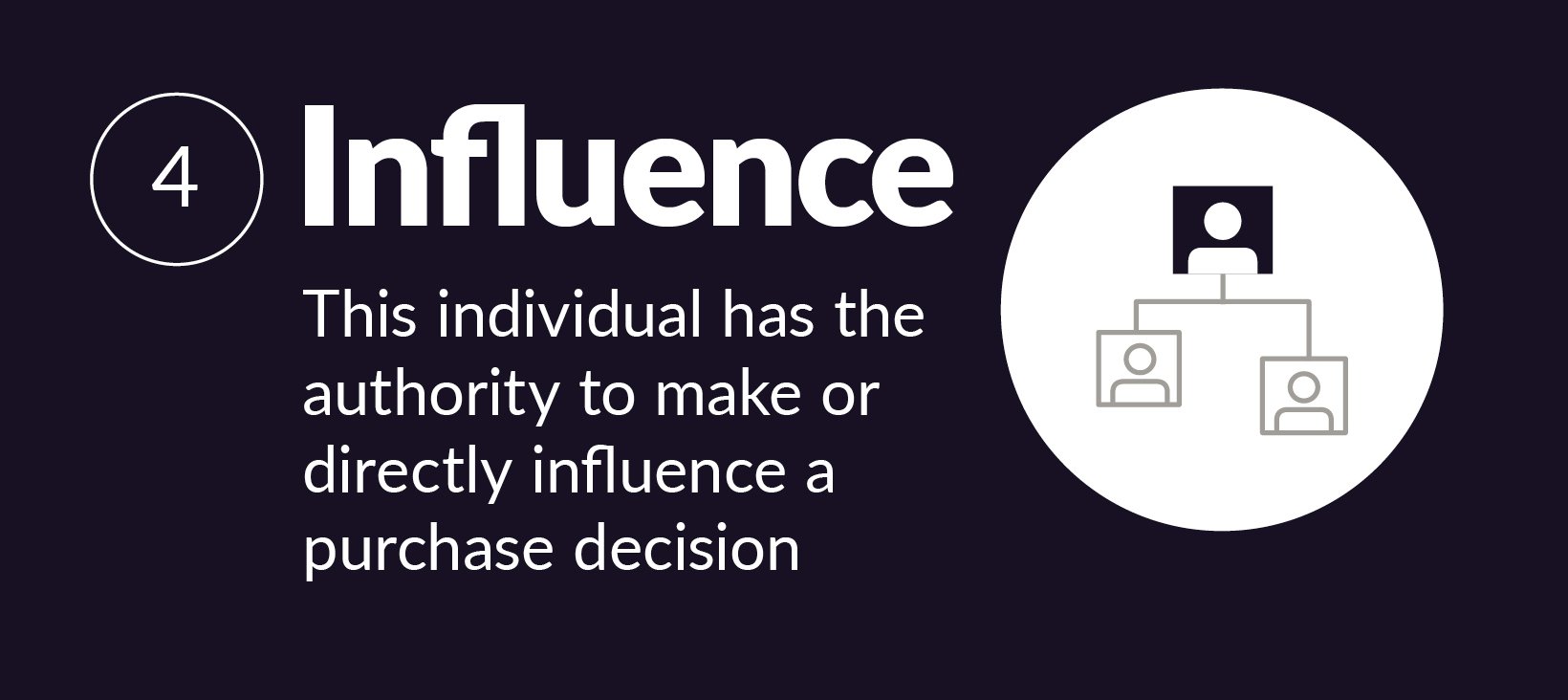
4. Identify your prospect's influence level.
Visitors to your website will likely include various levels of management and influence level. It is important to know who your prospect is: are they an end user of the product, an influencer, or a decision-maker? In small companies, the same individual may fit all three descriptions, but in others that isn’t the case.
A prime example is in the inbound marketing plan JONES developed for healthcare IT provider AccuReg. Through our research in developing a branding proposal for AccuReg’s healthcare registration software, we found a barrier in how they were targeting their marketing. They had previously focused the end user: hospital registrars. However, the software purchasing decision is more likely to be made by CFOs. (Download the full case study to learn more about the JONES approach to brand positioning for healthcare IT companies.)
If a lead doesn’t have the authority to make purchasing decisions, or at least have influence and input into the decision-making process, there is no need for your sales team to spend time trying to close a sale.
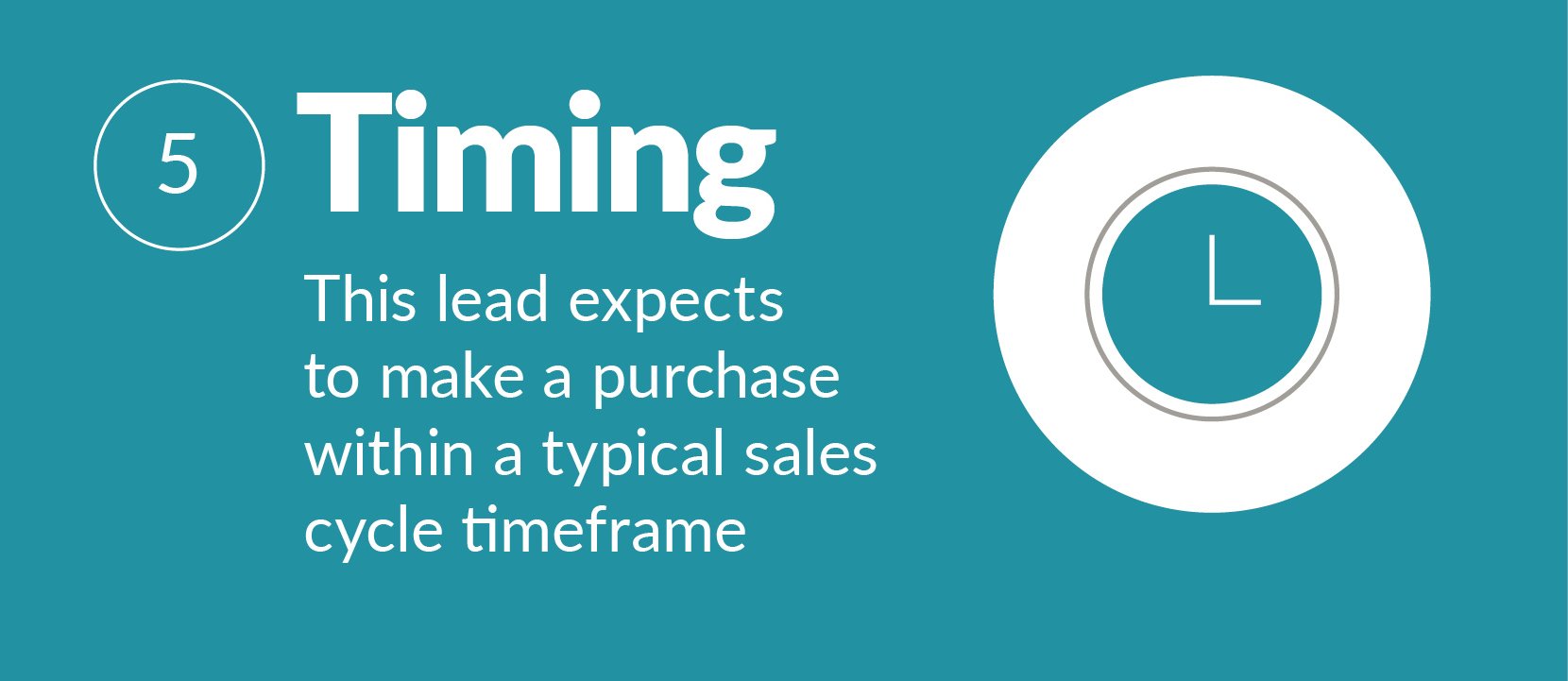
5. Understand the prospect's timeline.
Knowing how soon the lead wants a solution in place will help your sales team prioritize where they put their efforts. A prospect looking for a quick solution will require more immediate attention than one who is currently in a contract but exploring options for when that contract expires six months down the road.
Use your inbound marketing and lead nurturing to not only generate leads, but also to gather the essential information needed to define and designate marketing-qualified leads before sending them on to sales. You’ll maximize the ROI on both departments’ resources that way.
Find a template for creating your own specific lead qualification criteria by downloading our Lead Qualification Checklist. Or schedule a time in my calendar to talk about how JONES can help your team develop automated lead nurturing, lead qualification criteria and the sales enablement materials needed to help your marketing and sales teams reach your revenue and ROI goals.
-1.png?width=1652&height=294&name=Jones(RGB)-1.png)








